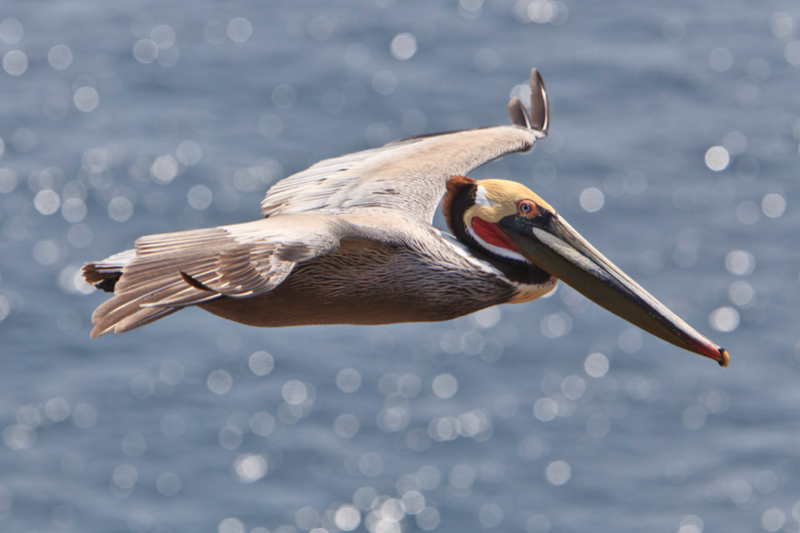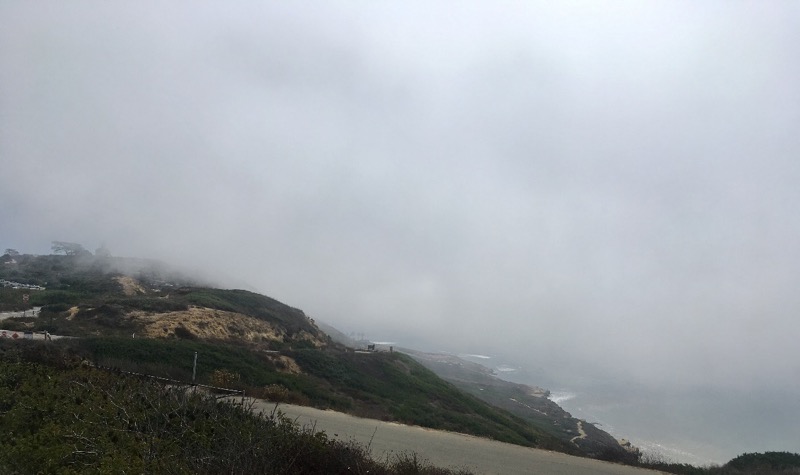Friday, September 22 was the Fall Equinox in the Northern Hemisphere. The day marked the changing of the seasons as the Northern Hemisphere began to tilt away from the sun. Days are getting shorter, nights longer, and temperatures are dropping as we move from the long, hot days of summer. Humans can adapt to the changing weather by putting on a jacket or staying indoors, but did you know that plants and animals also adapt to the changing seasons?
Fall marks a time of transition for many species that call Cabrillo home. Some species are year-round residents of the peninsula, and must adapt to the changing weather by changing their behavior. For instance, many plants live in a state of dormancy, where they wait to bloom until after the winter rainy season. Our cold-blooded friends, snakes and lizards, become less active during the fall. Some, like the Southern Pacific Rattlesnake, even go into hibernation.
Other species, however, use the peninsula for only short periods of time and adapt by moving. For example, as temperatures drop in the northern latitudes, many birds migrate south. About 350 different species of birds and a few species of bats use Cabrillo as a migratory stop during this time of year. Conversely, the California Brown Pelican migrates north to the Channel Islands, their only breeding ground on the West Coast.

NPS Photo/Channel Islands - A Migrating California Brown Pelican makes his way North
Times are also changing down in the water. Due to earth’s position in relation to the sun, the tides do not get low enough in the summer to view our tidepools. Although fall is still not the best time for viewing (make sure to visit us in the winter), the number of sufficient low tides starts to increase during October. Some of the common species begin to change, too. Fish such as opaleye and garibaldi inhabit the low tide zone as juveniles during the spring and summer. In the fall when they’ve grown, they begin to migrate to the deeper subtidal waters of the kelp forest, where they spend their adult lives. You may also spot juvenile leopard sharks during this time of year. These bottom-dwelling sharks also use our shallow waters to forage before moving back into deeper water as larger adults.
As you can see, things are changing here at the park. Temperatures are dropping and so are the number of tourists. It’s a good time to come out and enjoy the sights, sounds, and smells that nature has to offer. Escape the inland heat and embrace the morning fog on the peninsula. Maybe you’ll spot a bird you haven’t seen before, or a leopard shark before it leaves.

NPS Photo/McKenna Pace - A colder morning on the tip of the peninsula.
